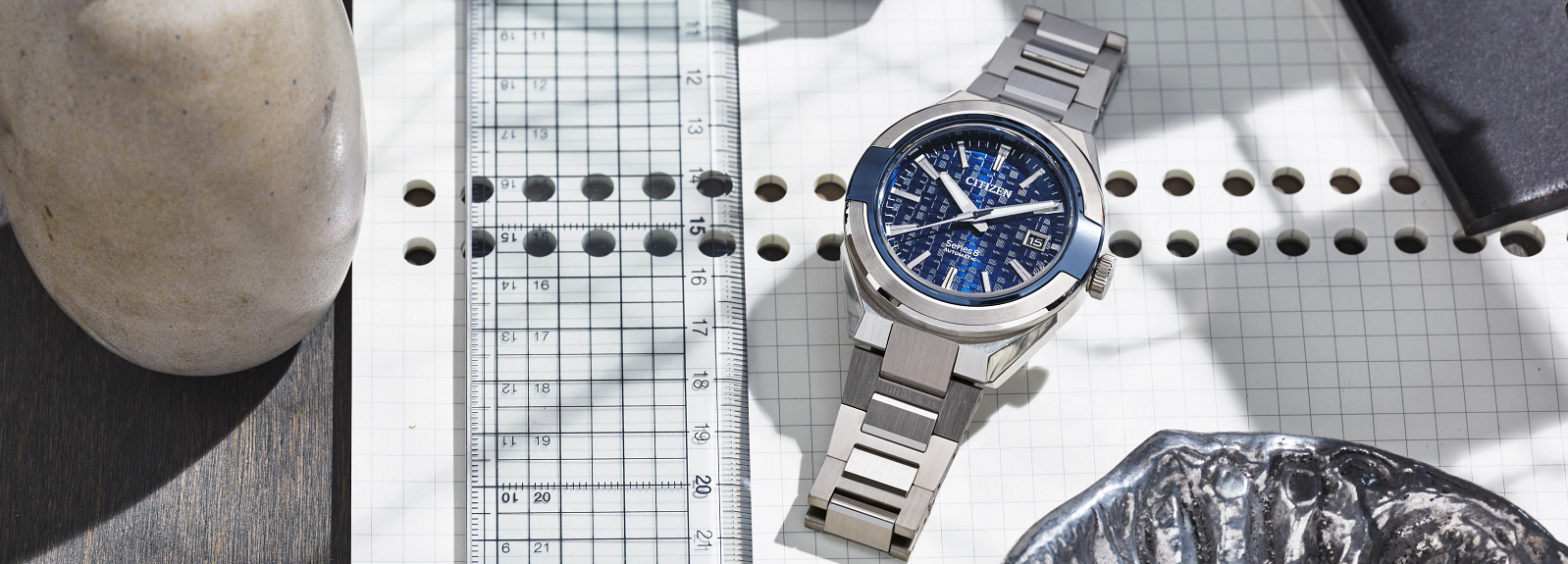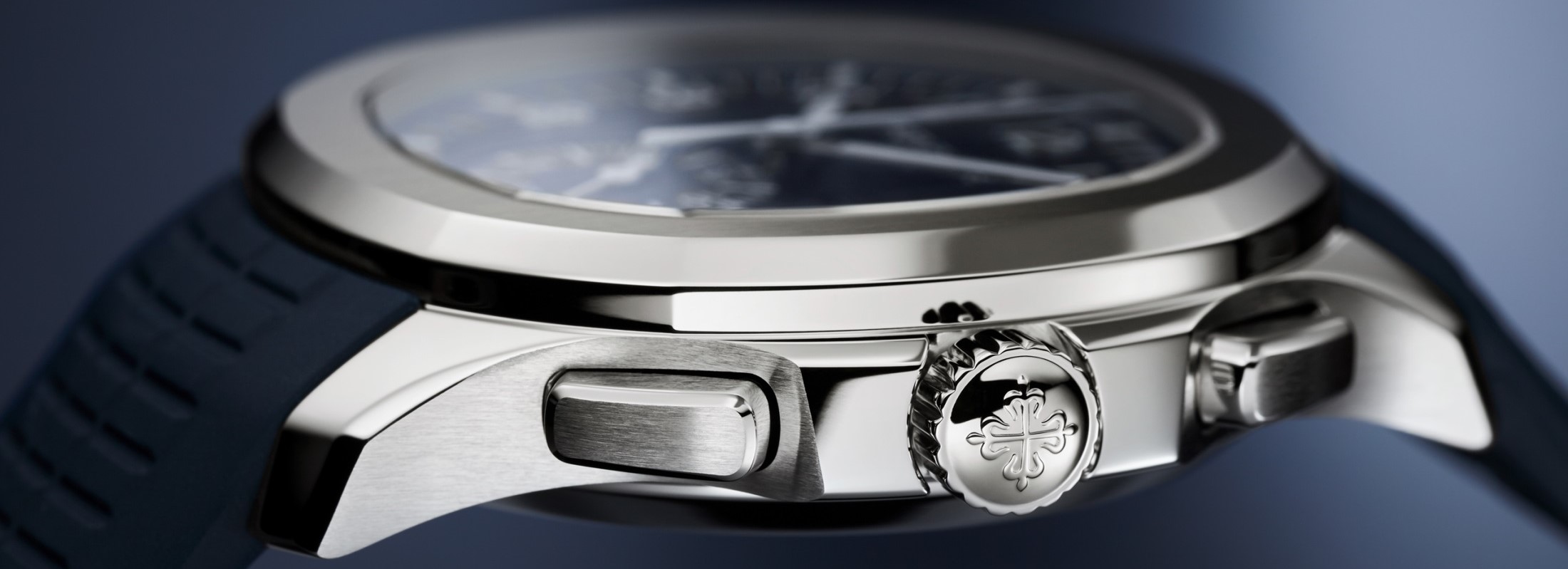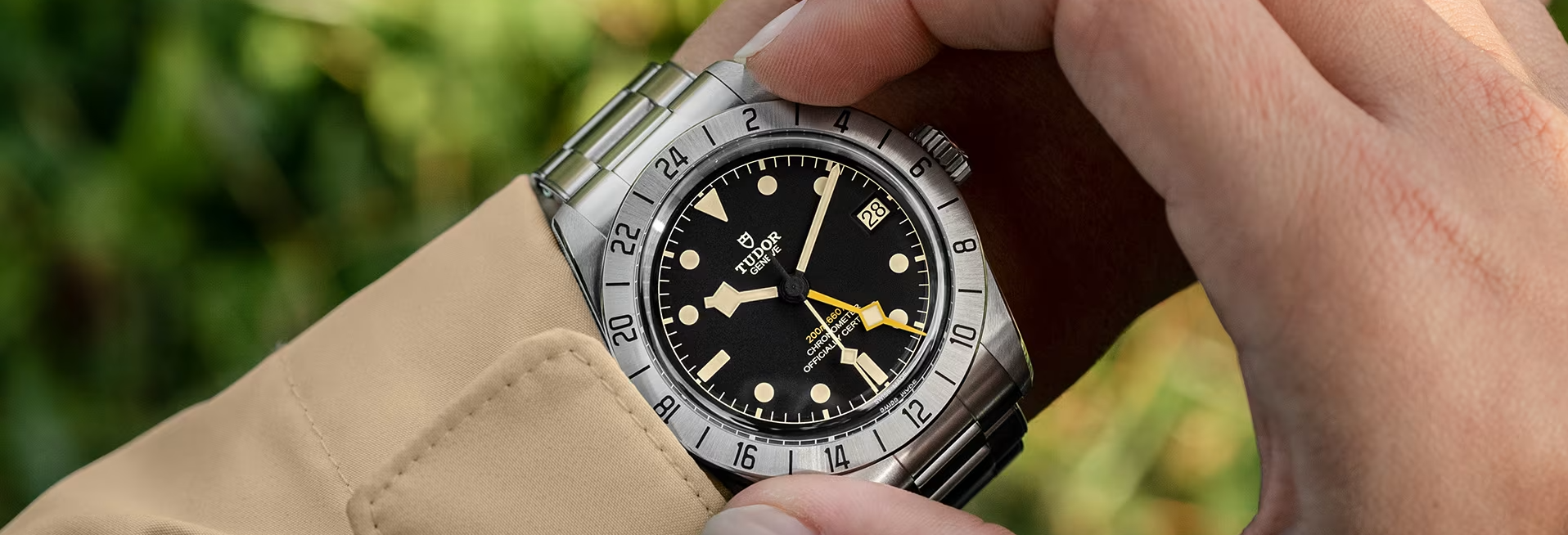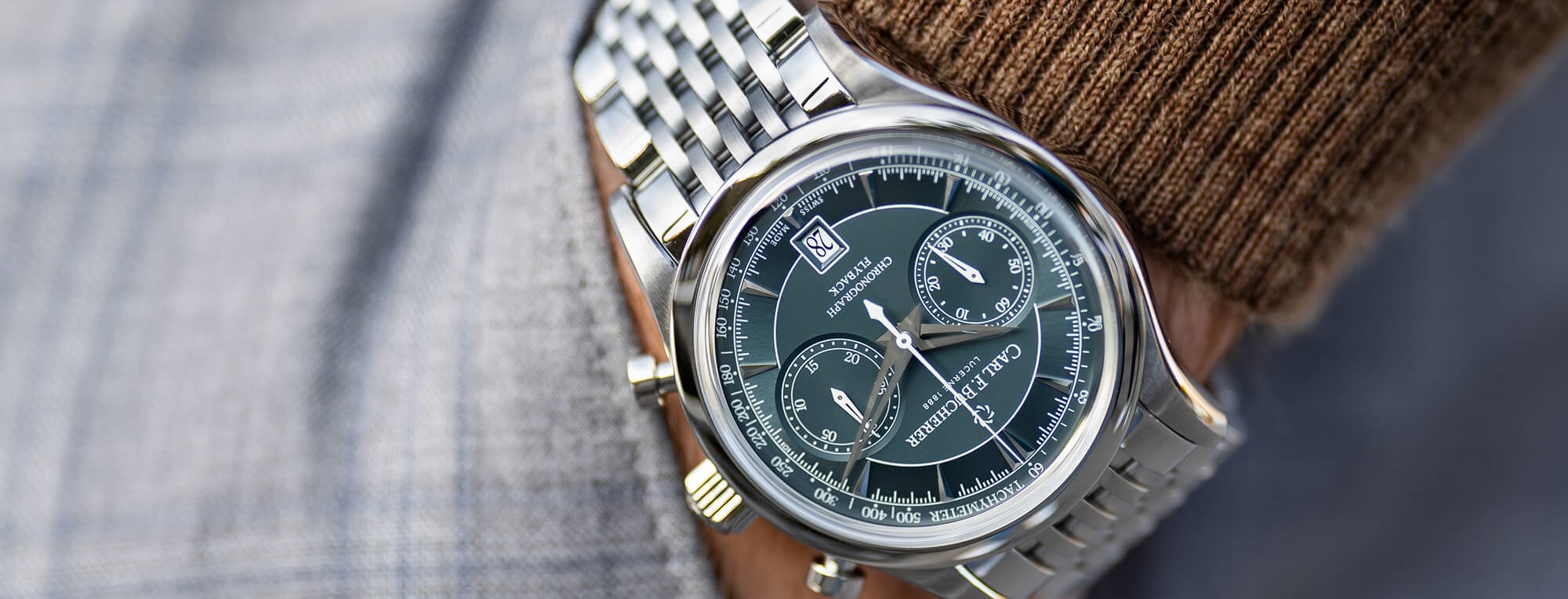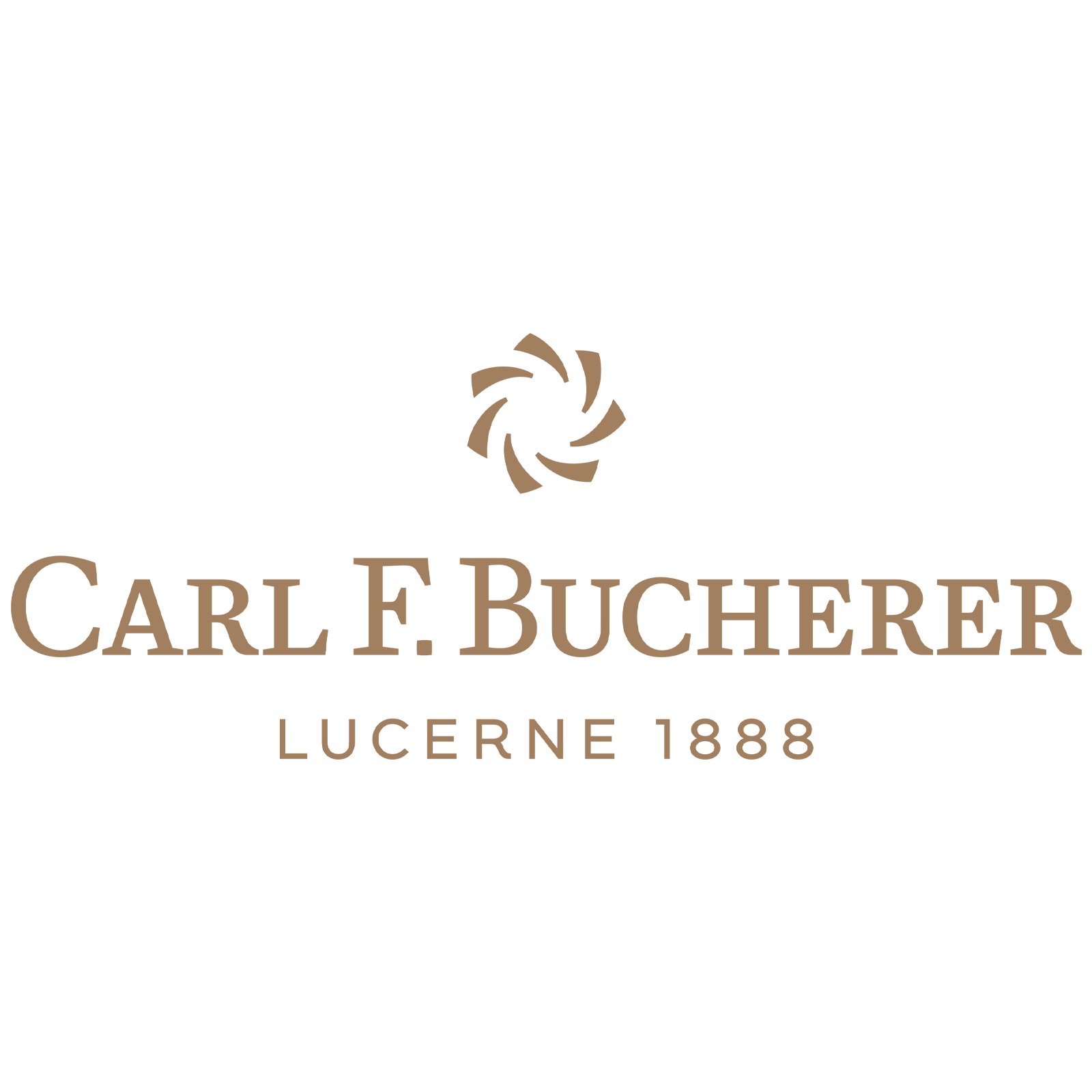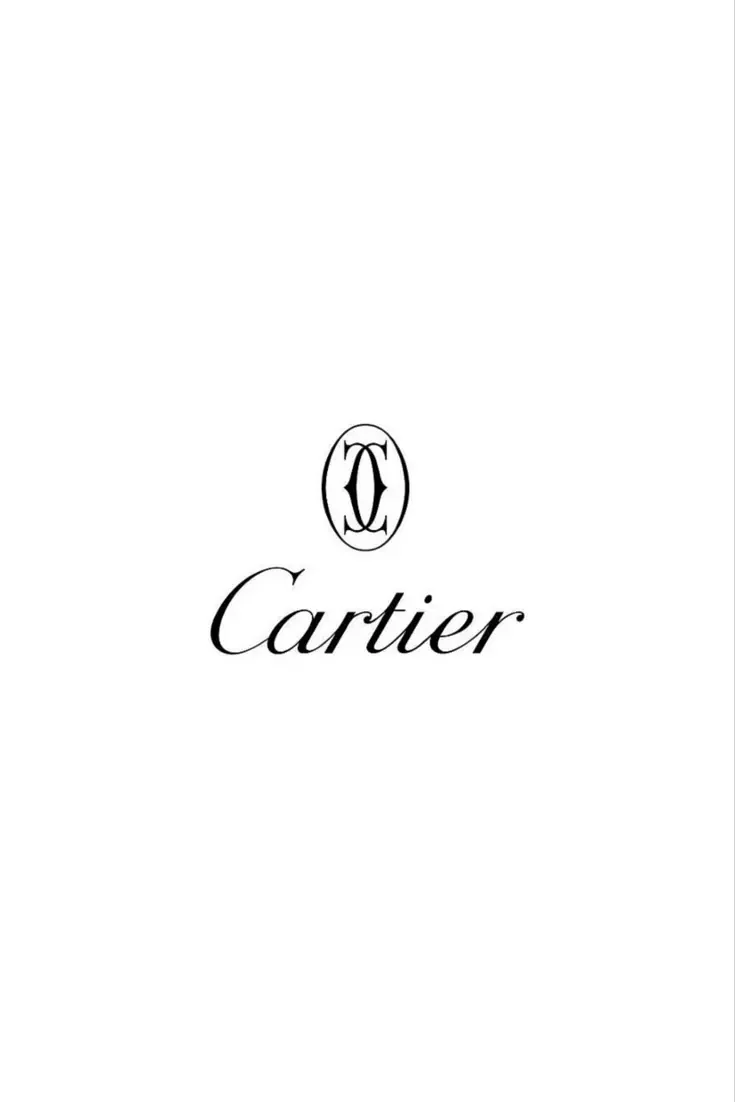Tissot was founded in 1853 by Charles-Félicien Tissot and his son Charles-Émile Tissot in the Swiss city of Le Locle, in the Neuchâtel canton of the Jura Mountains area. The father and son team worked as a casemaker (Charles-Félicien Tissot) and watchmaker (Charles-Emile). His son having expressed an interest in watchmaking from a young age. The two turned their house at the time into a small ‘factory’. Charles-Emile Tissot left for Russia in 1858 and succeeded in selling their savonnette pocket watches across the Russian Empire. Russia became Tissot’s greatest market, with the brand gaining popularity even in the Tsar’s court; so Charles Tissot, Charles-Émile’s son, moved to Moscow in 1885 to manage the branch his father had set up there.
In 1929, the global financial collapse brought the entire watch industry to a standstill, and Omega and Tissot forged an alliance under the leadership of Paul Tissot-Draguett, who had been trained at Tissot and became Omega’s Chief Executive Officer in 1930. The merger formed Société Suisse pour l’Industrie Horlogère (SSIH),: 208 and Tissot-Omega watches from this era are sought after by collectors.
Tissot’s first engagement as an official timekeeper was in 1938 where they timed a series of ski races in Villars-sur-Ollon, near the company’s home town in the Jura mountains. Tissot was used for timing downhill skiing in Switzerland in 1938, and for the Davis Cup in 1957.
SSIH-ASUAG was formed in 1983 (Allgemeine Schweizerische Uhrenindustrie Aktiengesellschaft, ASUAG, was a holding company supplying the watch industry),[3]: 208–209 then SMH (Société Suisse de Microélectronique et d’horlogerie; 1983–1985)





